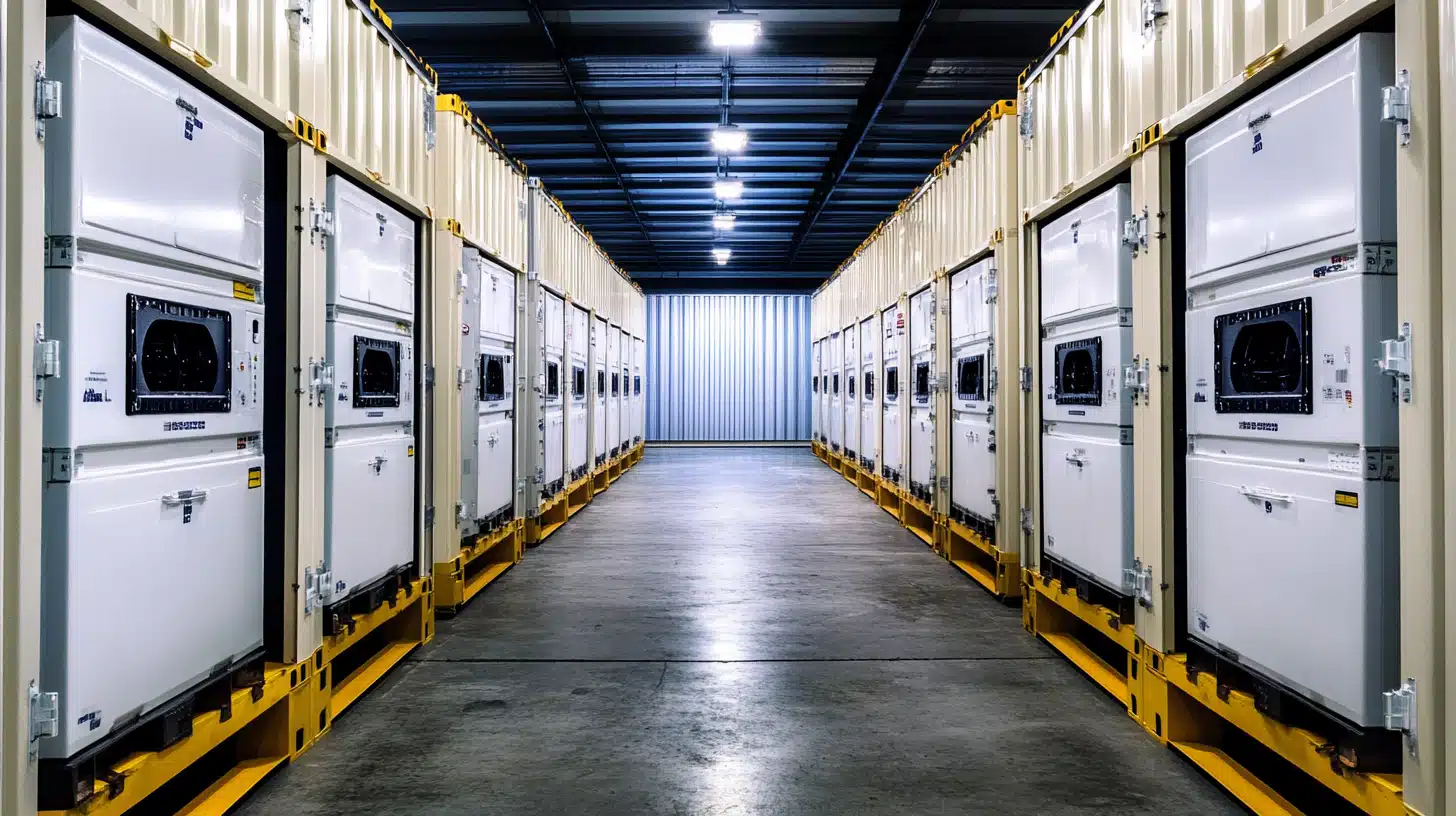
Refrigerated shipping containers, also known as reefer containers, are a great option for storing goods that require temperature control.
Whether you’re a business owner looking to store perishable items or someone in need of extra storage space, these containers offer a reliable and flexible solution. This article provides seven practical tips to help you maximize storage in refrigerated shipping containers.
1. Plan Your Space Wisely

Before you begin stacking your items, take a moment to consider how much space you’ll need. Create a layout that makes the most of the container’s dimensions. You may want to divide the container into sections, especially if you’re storing different types of products with varying temperature needs. That’s why you need to consider creating rows and columns to keep your items organized and accessible.
2. Use Stackable Shelves or Racks
Stackable shelves or racks are an excellent investment for refrigerated containers. These help you organize your goods more effectively by using vertical space. By stacking items on shelves, you can avoid clutter and make it easier to access goods when you need it.
Aside from that, this approach also allows for better air circulation around your products, which is crucial for maintaining the right temperature. So, choose shelves that are durable and can withstand the cold, as moisture can cause rust over time.
3. Utilize Pallets for Easy Handling
Using pallets to store goods in a refrigerated shipping container can save a lot of time and effort. Pallets make it easy to move large quantities of items at once, reducing handling time and labor costs. Pallets keep products off the ground, preventing damage from moisture that accumulate inside the container. Also, pallets allow for proper air circulation, which is important for maintaining the correct temperature.
4. Optimize Temperature Zones
Keep in mind that refrigerated containers offer temperature control, but you can further optimize the storage by setting specific temperature zones. If you are storing different types of goods that require different temperatures, consider using insulated dividers or partitions within the container.
For example, one section could be set to a lower temperature for frozen items, while another section remains slightly warmer for fresh produce. Moreover, effective temperature zoning will keep your goods in optimal condition and maximize storage capacity.
5. Avoid Overloading the Container

While it can be tempting to cram as many items as possible into a refrigerated shipping container, overloading can lead to several problems. First, overloading restricts airflow, which affects temperature distribution within the container.
Also, overloading can cause damage to goods, especially if stacked too high or unevenly. To ensure optimal storage, it’s essential to leave enough room for air to circulate around items. This will not only keep everything at the right temperature but will also extend the life of the refrigerated container.
6. Maintain Proper Humidity Levels
Humidity control is another important factor to consider when storing goods in refrigerated shipping containers. High humidity can cause mold growth or product deterioration. To avoid these issues, consider using a dehumidifier or placing moisture-absorbing materials like silica gel packets inside the container.
On top of that, keeping the humidity levels under control will help preserve the quality of your goods and ensure that the container operates efficiently. Remember, you should always monitor the humidity levels regularly to avoid any potential damage to your stored items.
7. Regularly Inspect the Container
Take note that regular inspections are crucial to maintaining the efficiency of your refrigerated shipping container. Check for any signs of wear and tear, such as holes or leaks, which could affect the container’s ability to maintain a consistent temperature.
Ensure that the refrigeration unit is working properly and that there are no issues with the thermostat. If you store items for a long time, periodic checks are essential to ensure that your goods stay safe and fresh. If you notice any problems, address it as soon as possible to avoid costly repairs or product loss.
Efficient Planning, Optimized Storage!
Maximizing storage in refrigerated shipping containers requires careful planning and organization. By using stackable shelves, pallets, and temperature zoning, you can effectively increase storage capacity and keep your goods safe and fresh.
Avoid overloading the container, maintain proper humidity levels, and inspect it regularly to ensure optimal performance. With these simple but effective tips, you can make the most of your refrigerated shipping container and store your items efficiently for the long term.

